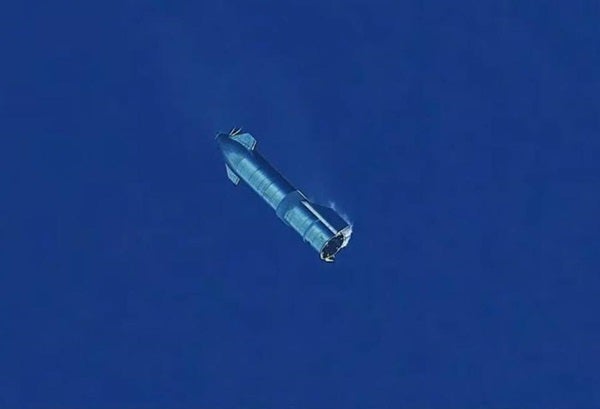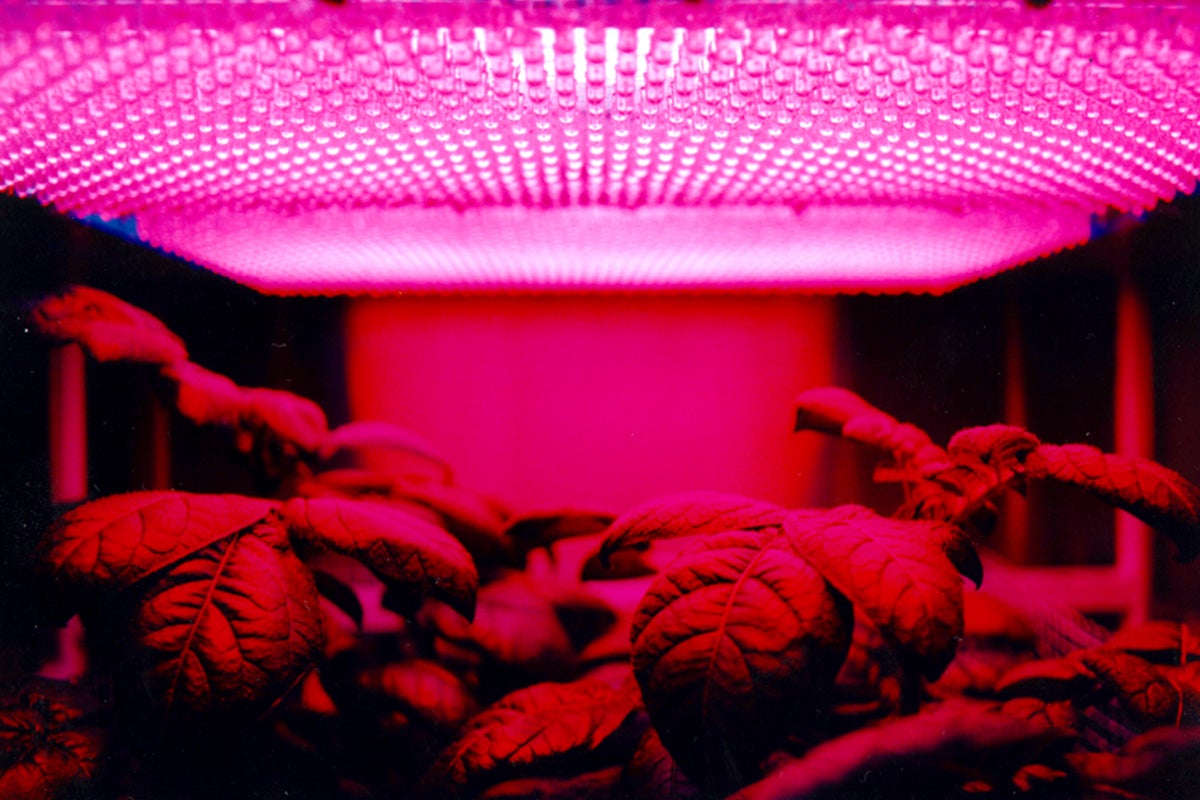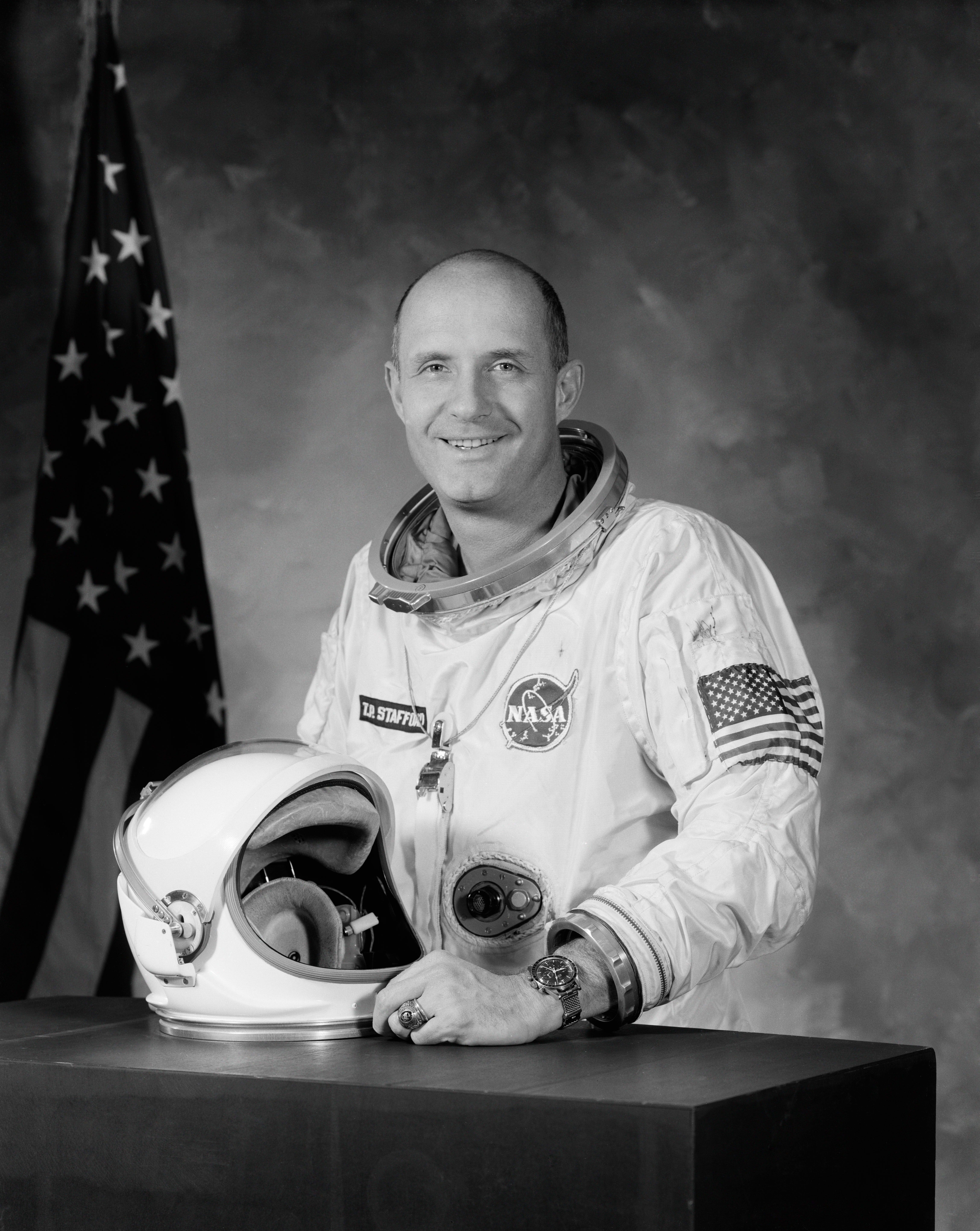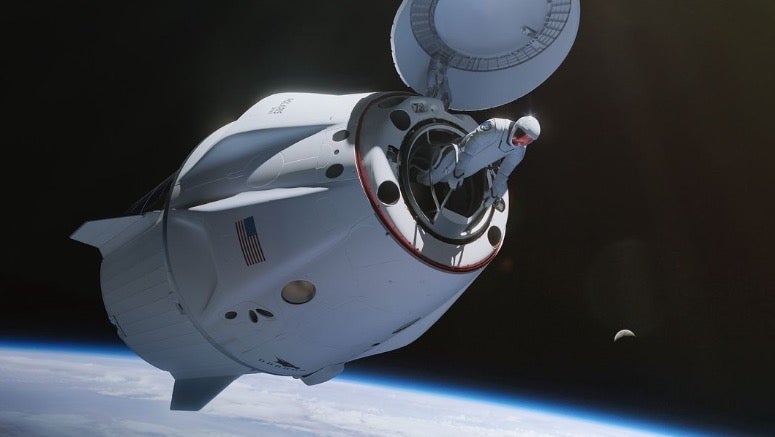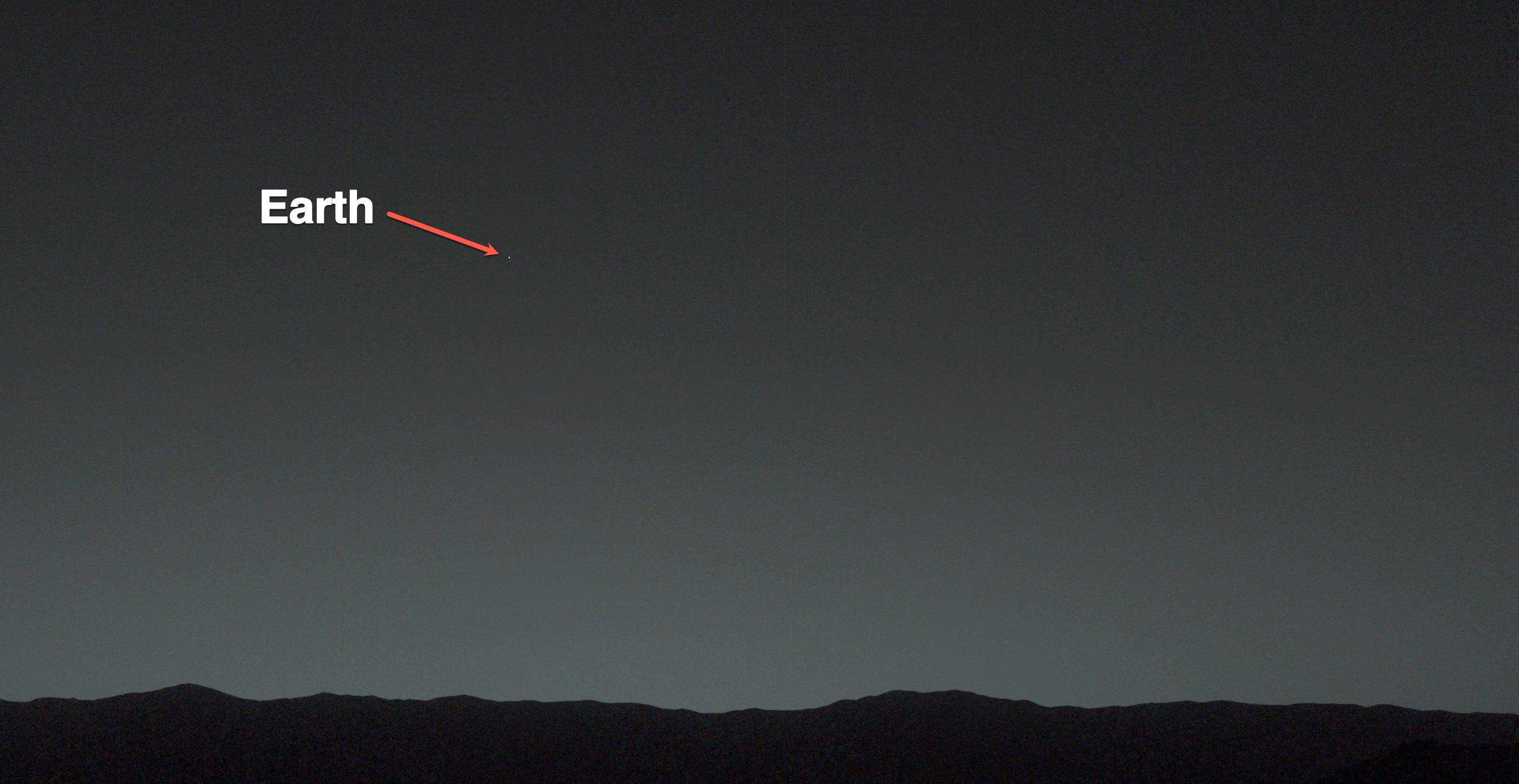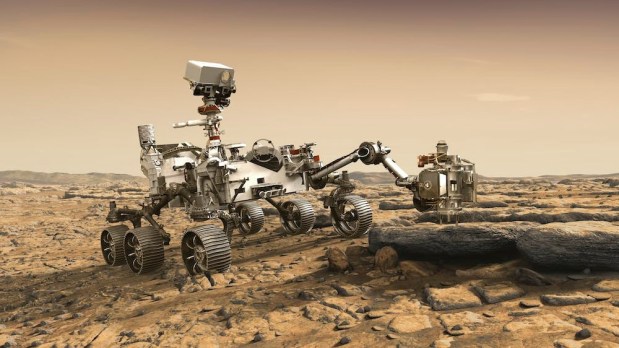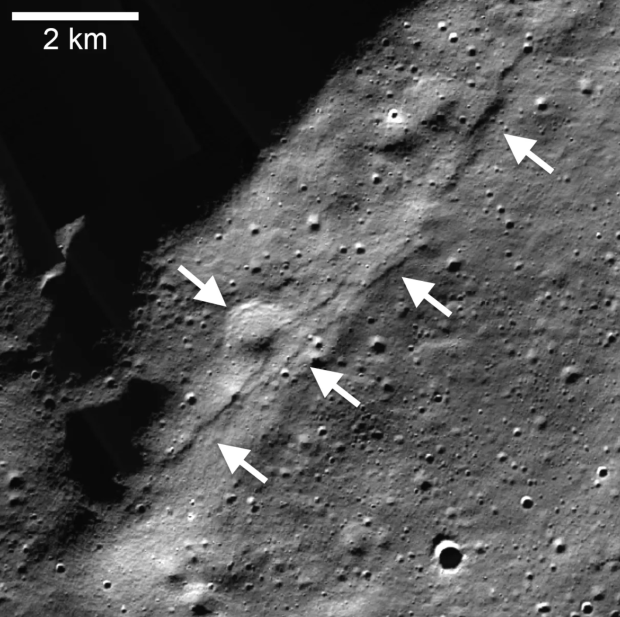Referred to by SpaceX as a high-altitude test, the prototype, designated SN8, was meant to fly about 8 miles (12.5 kilometers) into the air. The launch went smoothly and SN8 showed off a series of maneuvers, including what SpaceX calls the “belly flop” — in which the craft flips 90 degrees and freefalls, using atmospheric drag to limit its rate of descent and movable fins to steer. The maneuver will be used in its landing sequence in future spaceflights.
After the smoke cleared, SpaceX’s livestream showed images of the remnants of SN8 in a pile of debris at the launch site in Texas.
For SpaceX, the test was a success, in that it will now have plenty of data to learn from and analyze. Elon Musk, the founder and CEO of SpaceX, had only given the landing a one-in-three chance to succeed in a pre-launch tweet. He also stated, “Lot of things need to go right,” for the landing to actually work.
SN8’s test flight had previously been scheduled for December 8, but the launch was scrubbed 1.3 seconds before takeoff. Hours before the test on December 9, the countdown clock stopped at T-2 minutes. It was announced later in the day that the countdown would resume around 4:45 pm CST. Viewers held their breath as they watched the clock count down again — and then at T-1 second, the engines ignited and Starship launched into the sky.
The Starship spacecraft is one stage of a planned two-part launch system. In the future, a rocket booster, under development, will loft Starship to Earth orbit, where it will serve as a shuttle to fly humans to “the Moon, Mars, and beyond,” according to the SpaceX website. The company has also mentioned the possibility of using Starship for cross-continental air travel and deploying satellites.
Two more prototypes of Starship are already complete and will be used in upcoming tests.

